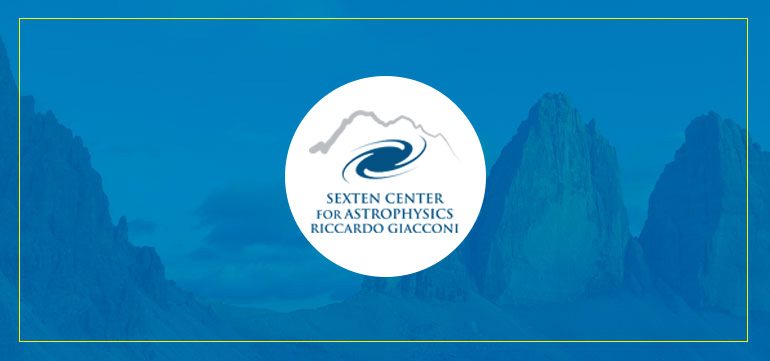Multimessenger Data Analysis in the era of CTA
admin0
like
7,222 views
LOCATION: Sexten Primary School - Via Panorama 6, Sexten
DETAILS
The detection of gravitational waves from the coalescence of compact binary systems marked the birth of gravitational wave astronomy and opened a new chapter in the multimessenger study of the cosmos.
Simultaneous observations of gravitational interferometers and ground-based or space telescopes at the different wavelengths will thus provide an unique opportunity to find the electromagnetic counterparts of these gravitational wave sources and characterise the physical processes at work.
Simultaneous observations of gravitational interferometers and ground-based or space telescopes at the different wavelengths will thus provide an unique opportunity to find the electromagnetic counterparts of these gravitational wave sources and characterise the physical processes at work.
Similarly the recent identification of the possible counterpart of an high energy neutrino marks also a breakthrough in the newly born multi messenger astronomy and a dramatic boost on the path to the long awaited localisation of cosmic ray accelerators.
In particular, the upcoming Cherenkov Telescope Array will provide an unprecedented view of the high-energy Universe and will contribute to the multimessenger study of the most extreme sources in the Universe.
The school will focus on the physics cases, the instruments and the analysis tools necessary for the multimessenger analysis, with a particular attention to the CTA analysis tools.
RELATED FILES
FEE
The registration will be open till June 16, 2019.
The registration fee will be of 250 Euro and it will increase to 300 Euro if you register after May 26.
WORKSHOP CODE FOR BUS AND PAYMENT
ORGANIZERS
Giacomo Bonnoli (Università di Siena e INFN Pisa) Patrizia Caraveo (INAF Milano) Nicola Giglietto (Politecnico e INFN Bari) Francesco Longo (Università e INFN Trieste) Massimiliano Razzano (Università e INFN Pisa)

